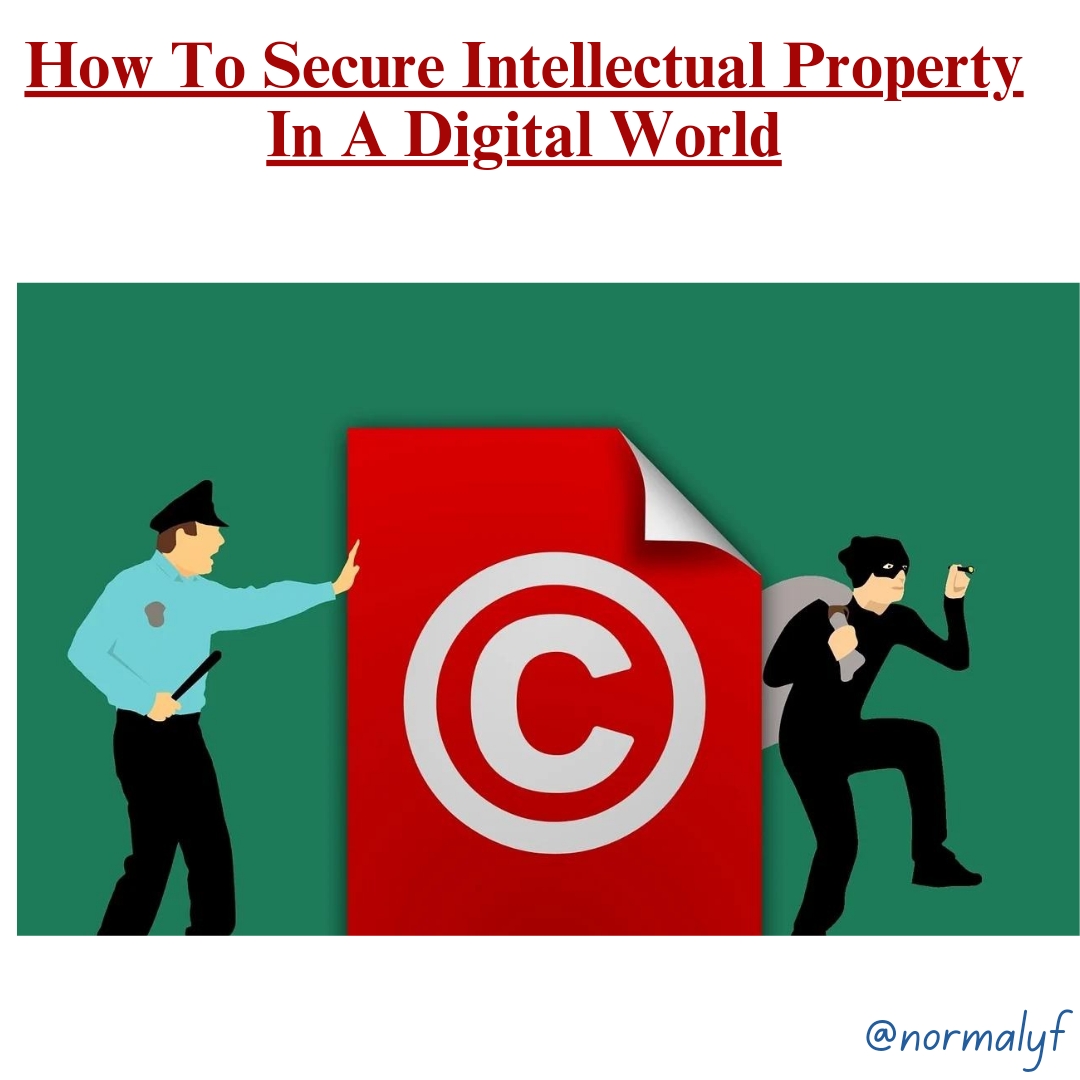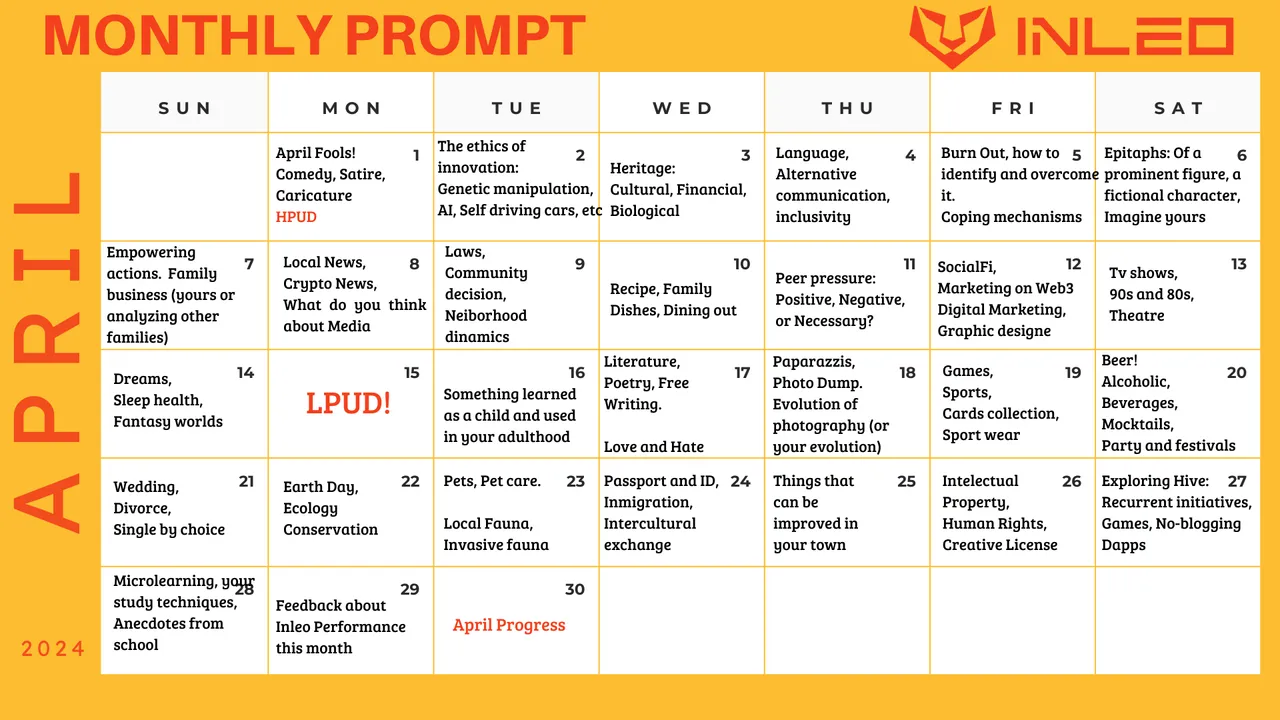
Life is not always as fair and smooth as we would wish it to be, that's why it's full of ups and downs. We are excited about the innovations of technology, but we forget that there must be some leakages in technology to balance the equation, lol.
Excitedly, we are in a digital era where most of our skills, ideas, and creativity are first showcased online for others to become informed and to know about them. However, it is sad to know that our ideas and creativity (Intellectual properties) stand the risk of piracy and unauthorized sharing.
This has become a common but serious issue in the online space, as we have observed that Intellectual properties are not getting the required recognition they deserve. The most challenging part of this whole matter of piracy and compromise of intellectual property is that it's very easy to access and distribute content online. The digital files and creativity of a lot of people are scattered all over the internet for anyone willing to access them and share them without permission.
Today we see digital platforms expanding tremendously and the creation of digital arts is on the rise. This has facilitated the emergence of new forms of intellectual property infringement, such as the unauthorized use of copyrighted material on social media. There's a need for adaptive strategies to protect intellectual property in this digital age.
I don't think I have been directly affected by this online theft and piracy of my Intellectual properties, but I have some ideas about its legal standpoints. Many affected individuals and organizations do not know about the legal framework surrounding intellectual property rights, and I must clarify this.
Copyrights protect the original works of authorship and trademarks, which include names, symbols, or phrases used to identify the source of goods or services belonging to a particular individual or organization. That means as a creator seeking to protect your work, you must have a trade secret or patent that secures and protects confidential business information.
Having these trademarks and patents added to your work is what would help in defending you against infringement, allowing for the enforcement of rights through legal channels.
The challenge most creators face here is that they do not know there are slight differences between these laws and some specific requirements for the registration and maintenance of these rights.
For instance, it is important to know that copyright does not protect ideas but rather the expression of those ideas. Similarly, Patents require a detailed disclosure of the invention, demonstrating its utility. Trademarks must be actively used in commerce to maintain these protections.

Free Pixabay
It's equally important to constantly engage with legal experts who specialize in intellectual property law, as this would ensure that the protective measures taken are both appropriate and effective. Taking it both legally and proactively is the best strategy to shield intellectual property from infringement and misuse in the digital space.
It's important to note that technological advancements can equally be adopted to protect your Intellectual properties. Advancements such as digital rights management (DRM) systems offer great mechanisms to control and monitor the distribution and usage of digital media. These systems are instrumental in restricting unauthorized replication and sharing of copyrighted content.
Similarly, encryption technologies play an important role in securing data transmission and storage, ensuring that sensitive Intellectual property assets remain inaccessible to unauthorized parties.
Watermarking is another important technological tool, which is done by embedding a unique identifier into your media files. This invisible marker aids in tracking the distribution of content and prevents potential infringers by making the origin of the media traceable.
Beyond these, emerging technologies like blockchain present new horizons for intellectual property protection, offering decentralized and tamper-proof mechanisms for verifying ownership and authenticity of digital assets (good examples can be seen in NFTs).
To fortify intellectual property against the risks of piracy in this digital world, individuals and organizations should adopt a multi-layered approach that combines technology, legal strategies, and internal policies. Stay informed, vigilant, and updated, as you upgrade and maintain these security protocols on your Intellectual properties.
My entry for day 26 of the InLeo monthly prompt, organized by the Leo team. You can check out the link here for participation.

I appreciate your time around here❤️:-)
Posted Using InLeo Alpha